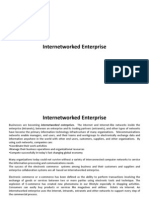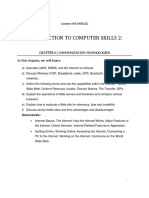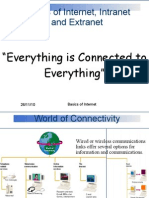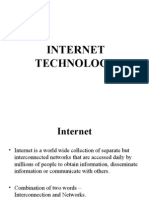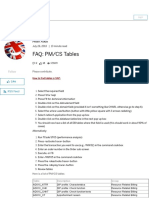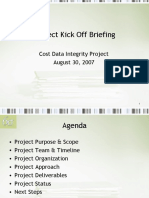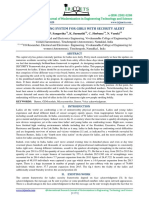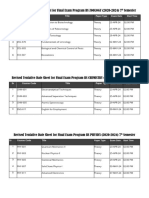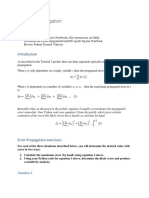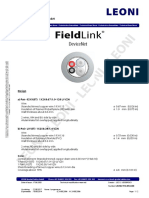0% found this document useful (0 votes)
645 views19 pagesInternet Applications
The document discusses the Internet, how it works, intranets, and extranets. It provides the following key points:
1. The Internet connects networks globally using protocols like TCP/IP and devices like routers. It allows sharing information through services like the web, email, and streaming.
2. When sending data on the Internet, messages are broken into packets, addressed with IP/port numbers, transmitted through networks of cables and routers, and reassembled at their destination.
3. An intranet is a private internal network that connects an organization's computers, while an extranet extends an intranet externally to connect to suppliers/customers in a controlled way.
Uploaded by
Taran SainiCopyright
© © All Rights Reserved
We take content rights seriously. If you suspect this is your content, claim it here.
Available Formats
Download as DOCX, PDF, TXT or read online on Scribd
0% found this document useful (0 votes)
645 views19 pagesInternet Applications
The document discusses the Internet, how it works, intranets, and extranets. It provides the following key points:
1. The Internet connects networks globally using protocols like TCP/IP and devices like routers. It allows sharing information through services like the web, email, and streaming.
2. When sending data on the Internet, messages are broken into packets, addressed with IP/port numbers, transmitted through networks of cables and routers, and reassembled at their destination.
3. An intranet is a private internal network that connects an organization's computers, while an extranet extends an intranet externally to connect to suppliers/customers in a controlled way.
Uploaded by
Taran SainiCopyright
© © All Rights Reserved
We take content rights seriously. If you suspect this is your content, claim it here.
Available Formats
Download as DOCX, PDF, TXT or read online on Scribd
/ 19



































